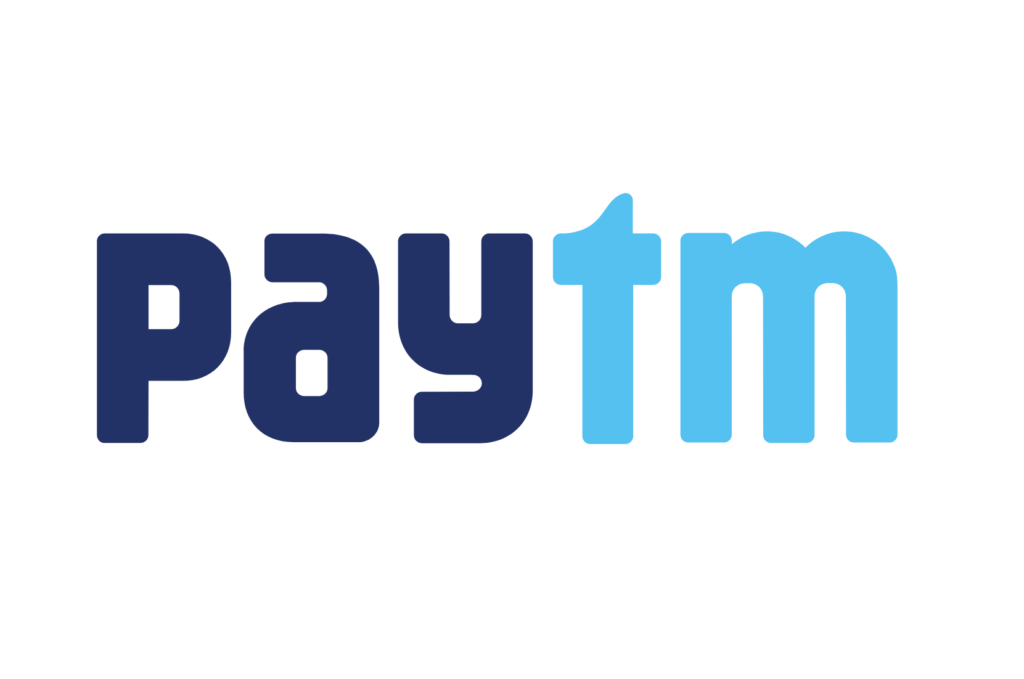The formal lending sector including banks and NBFCs catered to less than 15% of the credit demand from micro, small & medium enterprises (MSME), according to a report on MSME lending. The ‘BLinC Invest MSME Lending Report 2022’ said that there is a credit gap of ₹25 trillion in the MSME sector that can be potentially addressed through emerging business models.

The report identifies the key opportunities while proposing business models best suited to cater to this demand.
The 5 states that account for 50% of total MSMEs in India are Uttar Pradesh (highest number of MSMEs in India ~9Mn), West Bengal, Tamil Nadu, Maharashtra, and Karnataka.
“The Indian MSME sector comprising 63.4 million MSMEs, contributes 30% to India’s GDP. The MSME sector has a total credit demand of INR 69.3 trillion, growing at a CAGR of 11.5% with less than 15% of the demand being catered by formal sources,” a report by venture capital firm BLinC Invest said.
It stated that the sector has a total demand of ₹69.3 trillion with less than 15% of the demand being catered to by the formal lending segment. The sector is expected to witness increased participation from private sector banks and NBFCs along with technology enablement
“While quarterly MSME disbursements have grown 2x over the last 2 years, the majority of the growth has happened on account of increased penetration in Tier 3/4 cities and this can be grown significantly with improvements in credit underwriting policy and processes,” the report said.
“Proactive government initiatives such as MUDRA, TReDS, India Stack, AEPS, Account Aggregator, Open Network for Digital Commerce (ONDC), Open Credit Enablement Network (OCEN) etc. have helped increase formalization of the MSME segment and fast-tracking the growth,” it said.

